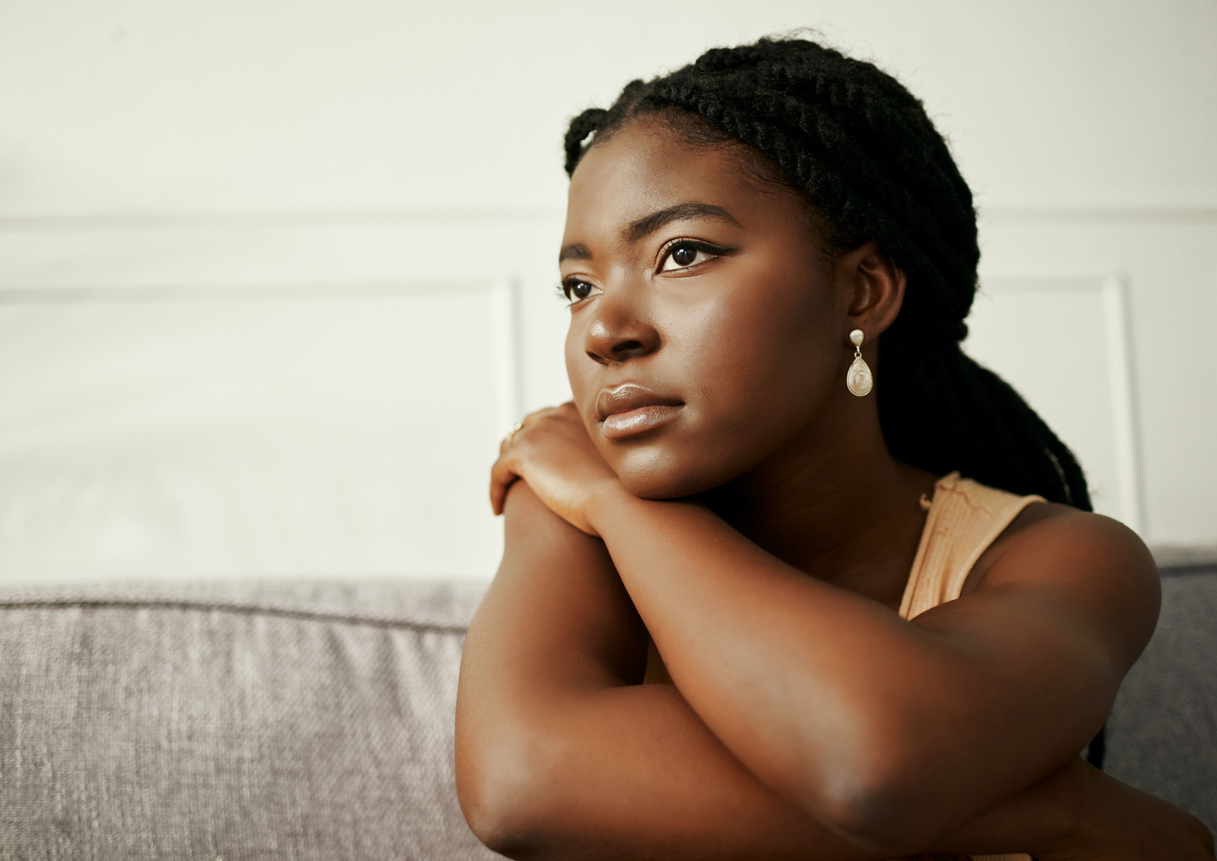7 Common Types of Depression

In the field of mental health, depression is a complicated and diverse condition that impacts millions globally. Depression can show up differently in individuals, and it’s crucial to realize that depressive experiences vary. In this blog, we’ll discuss the various forms of depression, highlighting their unique traits and significance.
How Many Types of Depression Are There?
Depression is a complex condition that cannot be numbered or counted, it is a much broader and multifaceted universe. That means that it’s not a one-size-fits-all diagnosis; instead, it encompasses a spectrum of depressive disorders with unique features and characteristics. This diversity highlights the importance of recognizing and comprehending that there are a lot of types of depression and it is crucial to understand them well, as it plays a vital role in accurate diagnosis and the development of effective treatment strategies.
7 Types of Depression
Major Depressive Disorder (MDD)
Also known as clinical depression, MDD is one of the most common types. It involves persistent feelings of sadness, hopelessness, and a loss of interest or pleasure in activities once enjoyed. Physical symptoms like changes in appetite and sleep circles are also prevalent. MDD can vary in intensity, with some individuals experiencing light symptoms, while others face severe and debilitating depression.
Persistent Depressive Disorder (PDD)
PDD, formerly known as dysthymia, is a type of long-lasting depression. It might not be as severe as Major Depressive Disorder (MDD), but it can stick around for years and affect daily life. PDD is often described as a low-level, constant depression that drains energy and motivation.
Bipolar Disorder
Bipolar disorder causes intense mood swings, shifting between feeling very low (depressive episodes) and highly energetic or excited (manic or hypomanic episodes). While it’s not only about feeling depressed, depression is a big part of bipolar disorder because, in a depressive phase, individuals can have similar symptoms as those with Major Depressive Disorder (MDD). The main difference is the alternating periods of extremely high mood and increased activity levels in bipolar disorder.
Seasonal Affective Disorder (SAD)
SAD is a type of depression triggered by seasonal changes, typically happening in the fall and winter when daylight hours are shorter. It leads to symptoms like low energy, oversleeping, and weight gain. Light therapy and lifestyle adjustments, such as increased exposure to natural light, are usual treatments for this common type of depression.
Postpartum Depression
As experienced by some new mothers, postpartum depression appears after childbirth and it can include symptoms such as extreme sadness, fatigue, and difficulty bonding with the baby. Postpartum depression is often associated with hormonal fluctuations and the challenges of adjusting to motherhood.
Atypical Depression
Atypical depression is characterized by showing several symptoms that are different from those of typical depression. Individuals with this type may experience mood reactivity, meaning their mood improves in response to positive events. Other symptoms include increased appetite, weight gain, excessive sleep, and a heavy feeling in the limbs. Although this has atypical symptoms, AD can be treated using similar strategies to all types of depression.
Psychotic Depression
Psychotic depression is a severe form of depression that includes symptoms of psychosis, such as delusions or hallucinations. These false beliefs or sensory experiences can be distressing and often involve themes of guilt, illness, or nihilism. This type of depression requires immediate medical attention and common treatment for it involves medication assistance.
Can You Have Multiple Types of Depression?
It’s crucial to understand that individuals can experience more than one type of depression simultaneously or at different times in their lives. For instance, someone with bipolar disorder may have periods of both manic and depressive symptoms.
Each type of depression comes with its unique set of challenges and requires specific interventions. For example, Major Depressive Disorder (MDD) may necessitate different treatment approaches compared to Bipolar Disorder. Recognizing the coexistence of multiple types of depression or the potential for transitioning between them highlights the need for personalized care.
Seeking treatment is essential because it ensures that individuals receive the appropriate support and interventions to manage their specific condition(s) effectively.
Depression Treatment at MindRx
At MindRx, we understand the impact that depression can have on an individual’s life, that’s why our treatment programs for depression are designed to address the unique needs of each person. We offer a range of therapeutic approaches, including psychotherapy, medication management, and holistic interventions, to provide assistance towards your healing path. If you or a loved one is struggling with depression, don’t hesitate to reach out to our experienced team. We are here to support you on your journey to mental health and well-being.